- Home
- Indoor Pests
Indoor Pest Control
This post may contain affiliate links so I earn a commission.
Quick and effective indoor pest control doesn't have to be difficult.
In fact, a majority of pest or insect issues can be handled yourself without calling an exterminator.
However, in order to resolve the issue you need to address the problem in its early stages to have the best results.
It's pretty easy to ignore that random fruit fly buzzing around your glass of wine or that single ant you found feeding on some leftovers that fell on your kitchen floor.
Although they may seem non-intrusive in the beginning, it doesn't take long for one pest to become an army.
In order to protect your home, pets and family from these unwanted guests, let's look at some popular methods to help control and eliminate household pests.
Indoor Pest Control - Easy Prevention Steps
When it comes to indoor pest control, it's always easier and cheaper to prevent an unwanted infestation from occurring in the first place as opposed to trying to eliminate the problem after it's established.
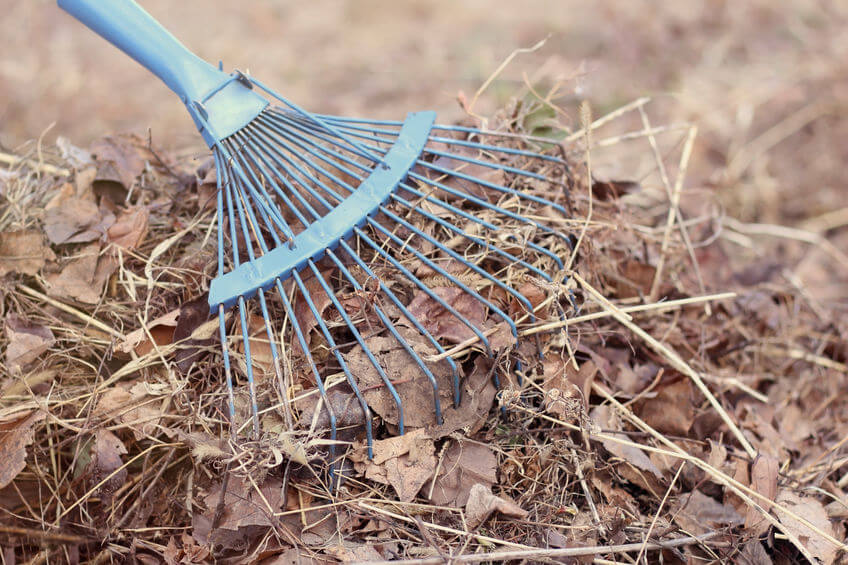
There's a lot that can be done outside your home to prevent pest issues from happening inside.
For example, consider the following:
- Check door and window frames for cracks and seal them using caulk.
- Check and repair any holes in your window screens and weather stripping under your entry doors or garage door.
- Trim back brush and tree branches that come into contact with your home.
- Never stack firewood against your home. Bugs love old firewood, so stack it at least 20-30 feet away if your yard allows for that kind of distance.
- Rake or sweep up any branches or leaves that fall in your yard and around your home.
- Weed wack long grass from around your homes foundation. Spiders and other insects love to live in the long grass around your home, which increases the odds of them finding a way inside.
All of these steps are easy to do and it makes a huge difference with indoor pest control.
Indoor Pest Control - Should You Use An Outdoor Insecticide?
As a new homeowner many years ago we had an indoor spider problem that would not go away.
I didn't know a lot about indoor pest control at the time, so we hired an exterminator company to do the job.
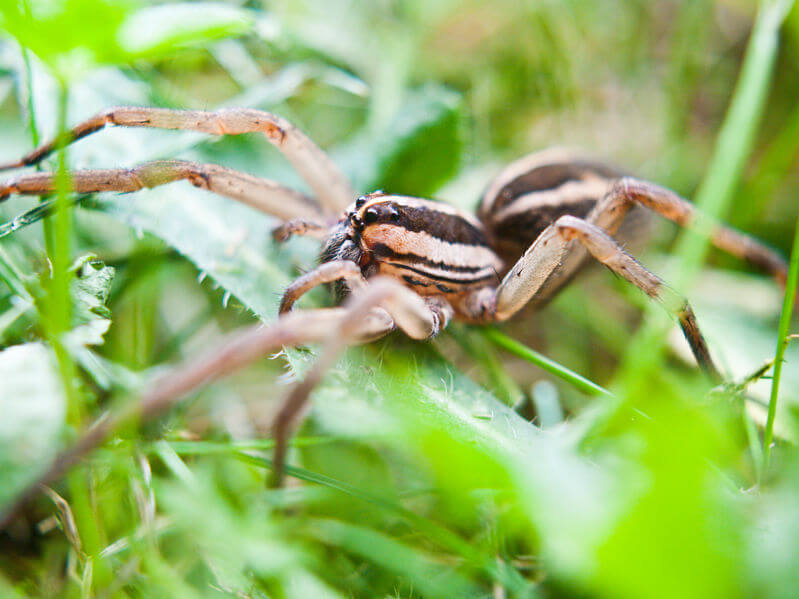
Although they were able to get rid of Wolf Spiders in just a few days, I quickly realized the cost of pest control was simply too much for me to hire out.
The company basically just sprayed some liquid insecticide around the outside perimeter of my house along with spraying along the interior of my baseboards where we were noticing the most spiders.
Being a frugal person that loves to research, I found an easy to apply insecticide that I could apply myself for a fraction of the price.
The application is simple, just use a pump sprayer and spray along the foundation of your home approximately 3 feet up and approximately 1 foot out.
Talstar works!
It may seem a little expensive at around $50 for a jug, but since it's a concentrated mixture it lasts a long time.
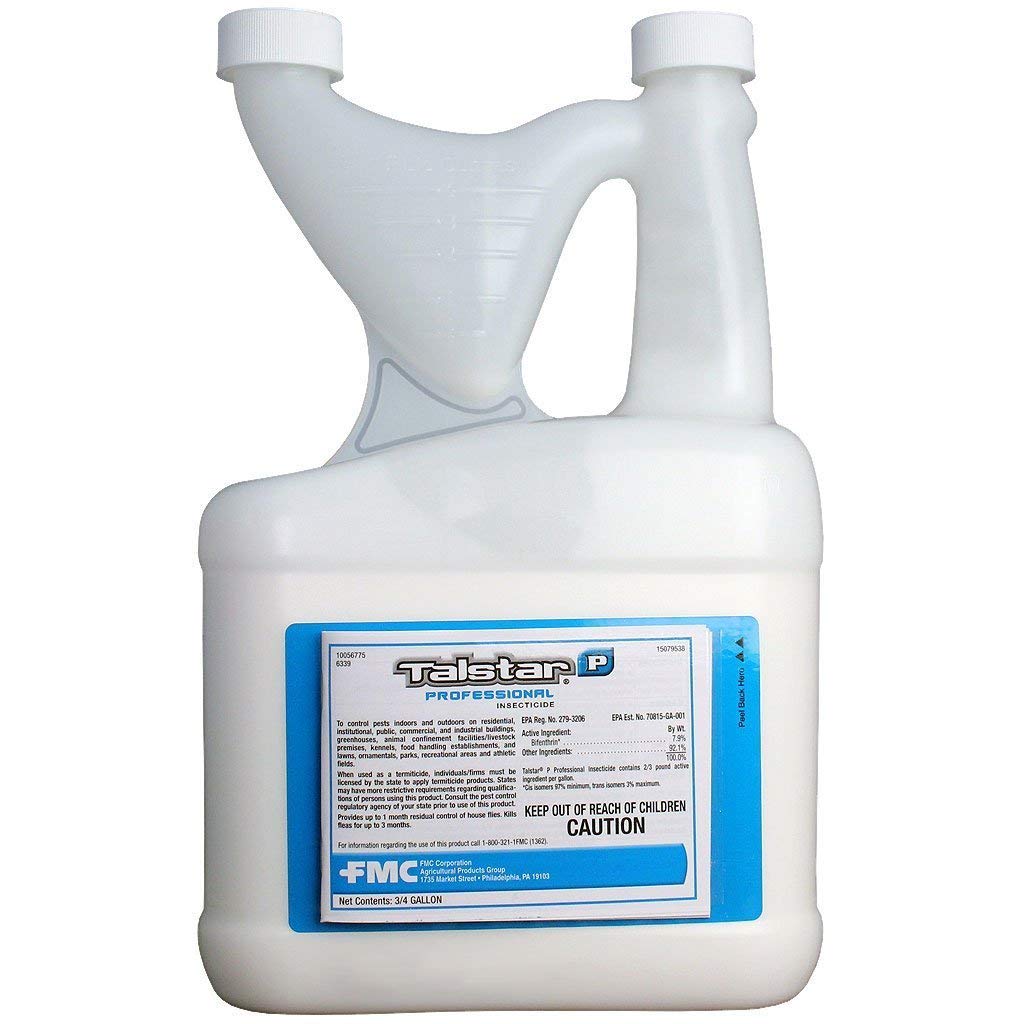
Also, spray around all window and door openings and around any vents, cracks or other areas that are an access point for pests to enter your home.
You should spray every 90 days during the warmer months when pests are active.
Talstar will leave a haze on your windows if you get it on the glass, but it's pretty easy to clean up and well worth the results.
Here in Michigan I've found that spraying twice a year.....once in the spring and again in mid to late summer works pretty well.
Periods of heavy rain or extreme heat can cause the insecticide to loose its effectiveness so another application might be needed in these conditions.
Indoor Pest Control
If you prepare the outside of your home, it will drastically reduce the amount of issues you have with indoor pest control.
It's amazing how 20 minutes of spraying Talstar around the exterior of your home will virtually eliminate unwanted insects and spiders.
However, if you're still experiencing pests inside your house, or you don't want to use a pesticide, lets go into a little more detail on how to get rid of common pests found within most households.
Ants seem to appear out of nowhere.
Whether you see them marching in a perfect line across your living room floor or attacking that jelly that fell in the kitchen, pest control for ants is a pretty easy task.
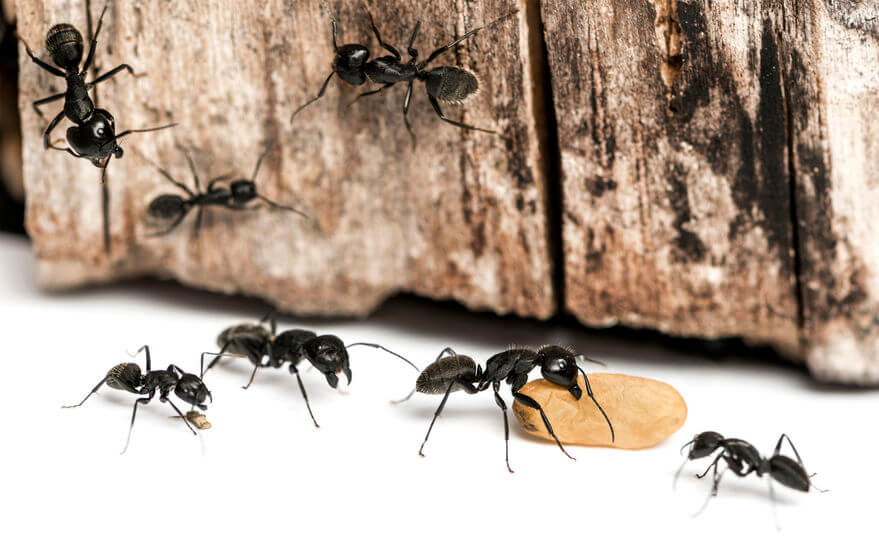
You'll want to get rid of carpenter ants as soon as possible because they can cause a lot of damage and their destructive path is often confused with termites.
As a homeowner that heats primarily with firewood, I've split open a lot of logs that were infested with carpenter ants.
They basically make the inside of a log look like Swiss cheese, so you can only imagine what they can do to your home.
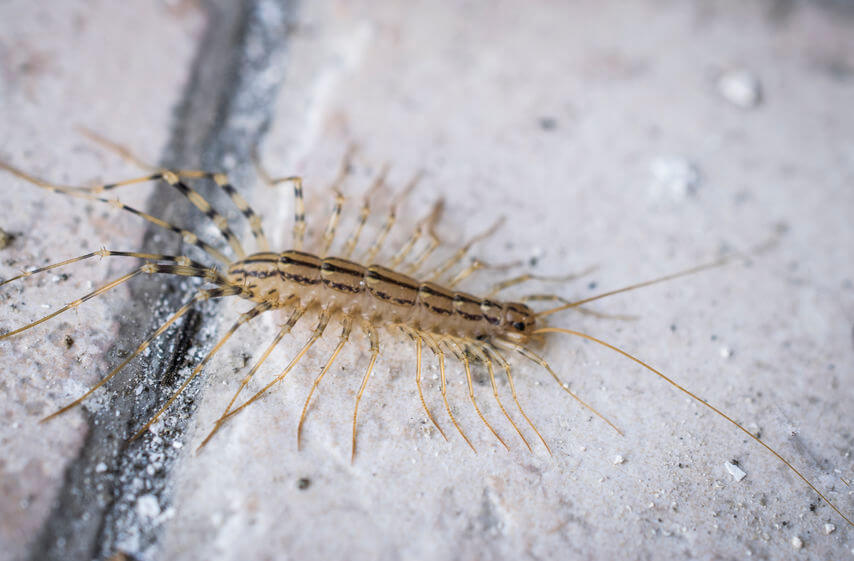
Since centipedes often feed on other pests that invade your home like spiders or cockroaches, or come into the warmth of your house to reproduce, we can all agree that they're an unwelcome guest.
Read this article to learn how to get rid of house centipedes.
Although they might look like a bumblebee, a carpenter bee causes damage when they bore a channel into wood to lay their eggs.
They love to target unfinished wood and they'll often reuse an existing hole from the previous year.
To learn more, this article will teach you how to get rid of carpenter bees.
If you've noticed holes in your clothing or perhaps larvae in your carpet, chances are you're dealing with moths.
The moths won't bite or sting you but they will destroy your clothing and your fabric items.
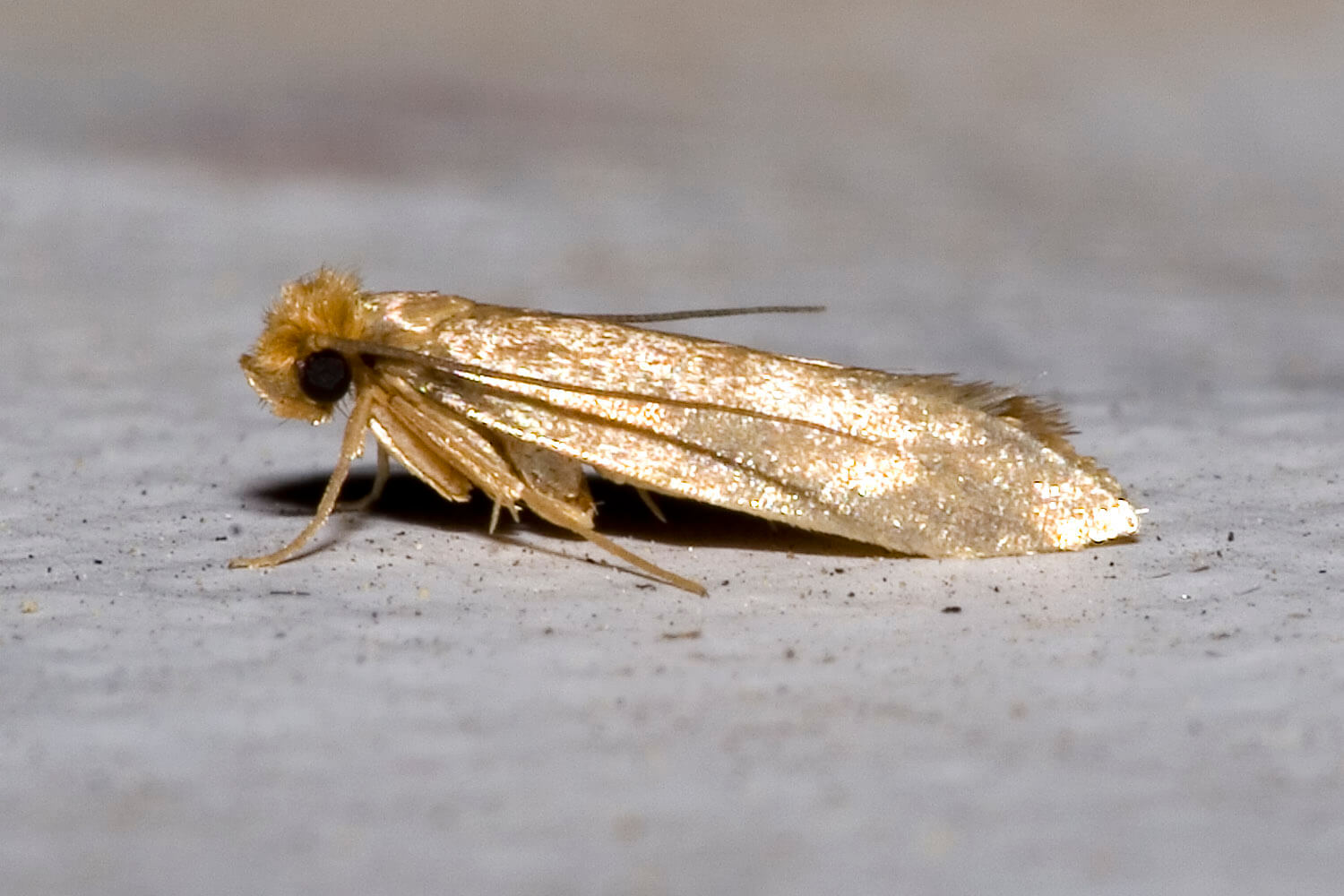
Depending on the type of damage you're experiencing will dictate the type of moth.
Clothes moths target clothing and pantry moths target dry goods.
I had clothes moths invade my dresser one year and they were like ghosts.
I never saw them, other than their distinctive holes in my clothing.
Here are some great tips to get rid of moths.
Although the cleanliness of your home doesn't have much of a correlation with indoor pest control.....roaches are a different story.
To get rid of roaches you'll have to do more than just set out a trap or spray some insecticide.
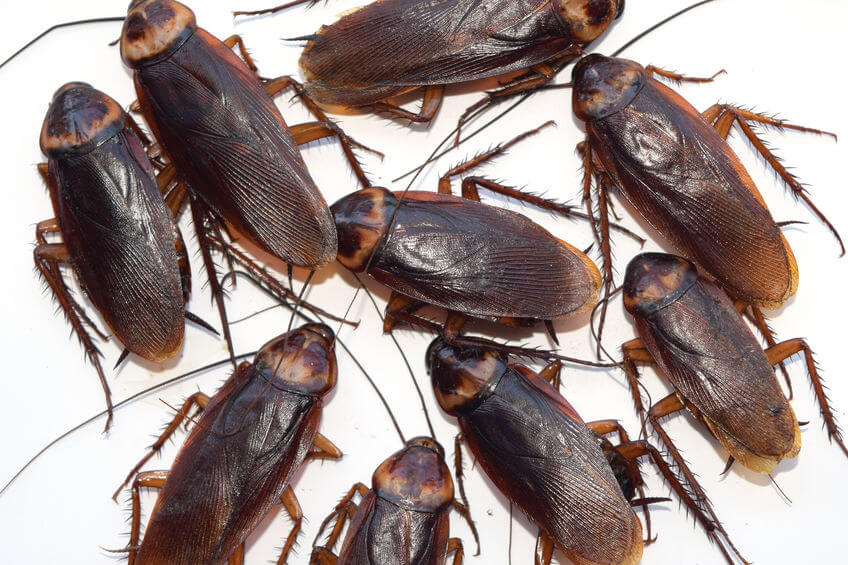
Roaches multiply quickly and eat just about anything.
The secret to getting rid of roaches is to clean, clean and you guessed it....clean.
Then, once your home is sanitized you can work on treating the infestation.
Once you eliminate the things that attracted the roaches in the first place, like food and water, then you'll be able to properly kill the roaches and keep them from coming back.
Ladybugs or Asian lady beetles don't necessarily have any health risks or cary any diseases, but their presence in your home is often enough to make you despise them.
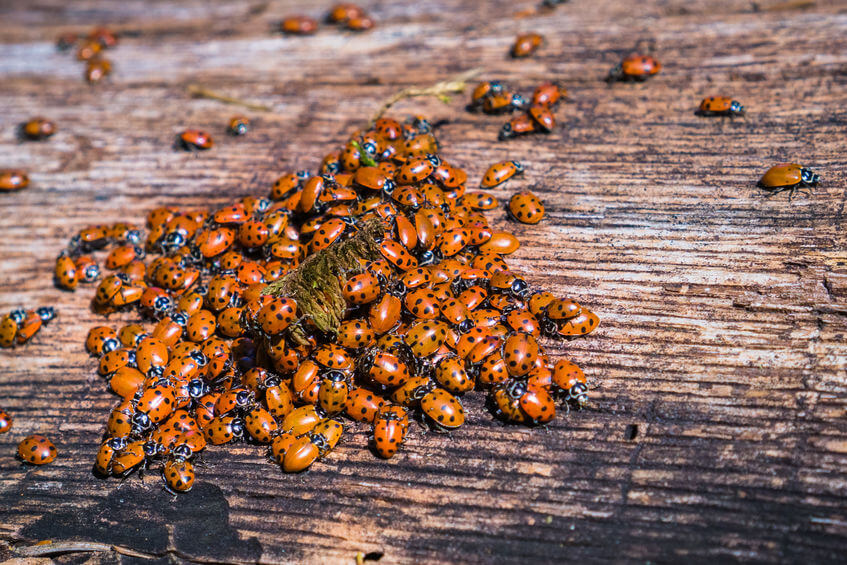
Ladybugs love to congregate into cracks and crevices as they prepare for winter.
They're looking for a warm place to hibernate and your home is often the perfect spot.
Asian lady beetles basically swarm, creating large clusters of bugs.
They stink when you pick them up and they're the last thing you want congregating in your home.
When it comes to Ladybug prevention, deterrence with outdoor insecticides is typically your best approach, but once they're inside a vacuum cleaner works perfect!
To learn more, read this article that will teach you everything you need to know to get rid of Ladybugs.
Drain flies usually come from floor drains, but in some circumstances they can also appear in other drains inside your home.
To get rid of drain flies, I like to use vinegar.
Some experts will tell you to use bleach, but vinegar is so much gentler on everything.
Just remember, never mix bleach and vinegar.
It creates chlorine gas with is extremely dangerous.
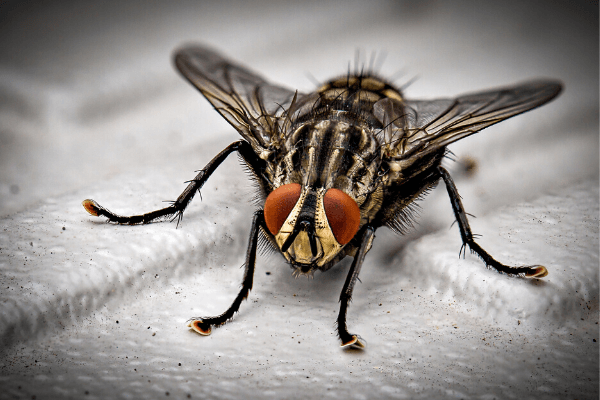
Although they're different than drain flies, houseflies are a nuisance for nearly every homeowner.
Let's face it.......there's nothing more frustrating than a housefly landing in your food or buzzing around your head.
Check out this article which explains how to get rid of flies naturally.
If you've ever experienced stink bugs it's pretty obvious how they received their name.
These....bugs....stink!
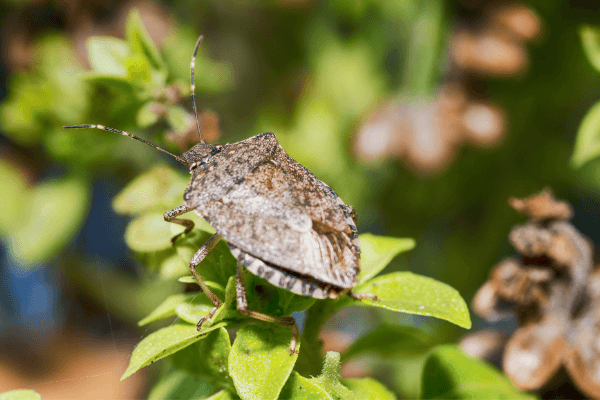
There are hundreds of different species of stink bugs in the United States.
Although most stink bugs are plant eaters, they'll seek shelter inside your home in the fall because they want the warmth.
To learn more, read this article which details how to get rid of stink bugs.
Perhaps, the bug that takes the cake in indoor pest control is the bed bug.
We've all heard about it through old nursery rhymes, but unfortunately bed bug bites are a serious thing.
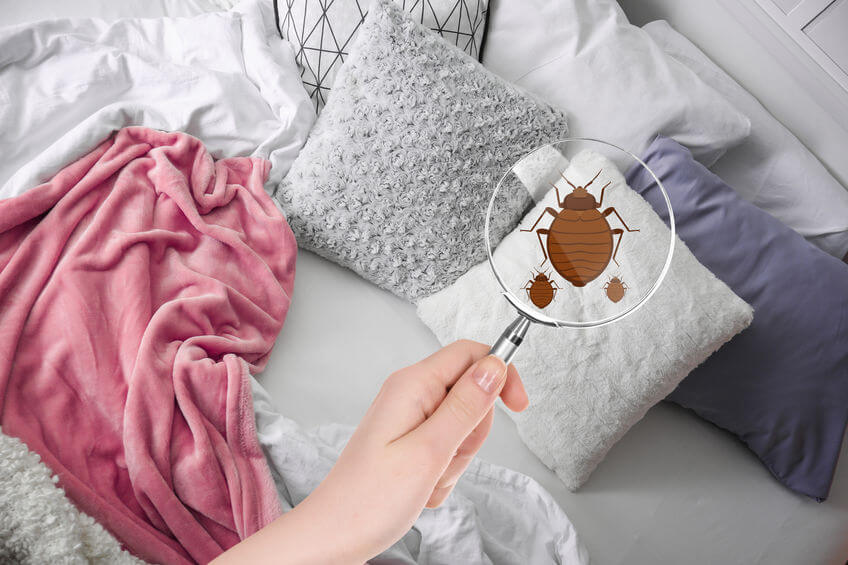
The problem with bed bugs is their ability to travel in luggage, clothing and well....the beds we sleep on as they use us as a host.
So as you cozy up for a long nights sleep, the bed bugs (who love to live in the mattress seams) come out to eat.
Bed bugs are a significant problem for hotels, universities and any other place that has travelers come and go.
In fact, many people research hotels that have had problems with bed bugs in he past and specifically avoid them.
If you're having issues or just want to make sure you don't have a problem in the future, check out this article on bed bugs pest control to help keep your home or apartment free of these nasty pests.
Indoor Pest Control - Overall
If you're looking to get a grip on indoor pest control, early prevention will make your job a lot easier.
If you're comfortable with applying outdoor insecticides, start by mixing up some insecticide in a pump sprayer and generously spray the foundation of your home.
Or if you don't feel comfortable with chemicals or have a serious infestation, just follow the guidelines above and before you know it your house will again become a home.



